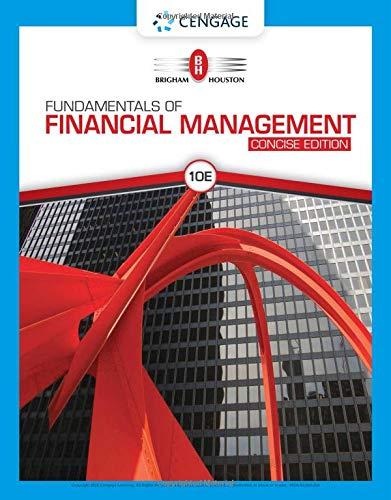Question
Riverbed Corporation had a net income for the current year ending December 31, 2021 of $1,212,500. Throughout 2021 the following items were outstanding: 410,000 common
Riverbed Corporation had a net income for the current year ending December 31, 2021 of $1,212,500. Throughout 2021 the following items were outstanding:
| 410,000 common shares | ||
| 18,000 Class A $3 cumulative preferred shares that were convertible to common shares at a rate of 1:1 | ||
| 49,000 Class B $4 non-cumulative preferred shares that were convertible at a rate of one common share for every two preferred shares. | ||
| $512,000, 8% bonds that were convertible to 16,000 common shares | ||
| $294,000, 10% bonds convertible to 10,000 common shares |
No dividends were declared or paid in 2021. Riverbeds tax rate is 25%.
Calculate the income effect of the dividends on Class A preferred shares.
| Dividends on Class A preferred shares
Calculate the income effect of the dividends on Class B preferred shares.
|
Step by Step Solution
There are 3 Steps involved in it
Step: 1

Get Instant Access to Expert-Tailored Solutions
See step-by-step solutions with expert insights and AI powered tools for academic success
Step: 2

Step: 3

Ace Your Homework with AI
Get the answers you need in no time with our AI-driven, step-by-step assistance
Get Started


